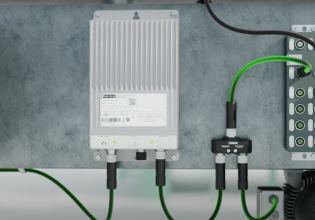B
I have an application whereby two rotary lobe pumps run in parallel (equal size) and have a back pressure controller with a control valve on the discharge of each pump. The the outlet side of each control valve is then piped to a common header. My concern is that the back pressure controllers are now 'coupled' and may require some method of decoupling to minimize process interaction. Can anyone suggest an approach to this problem?






